Kitesurf Line Length and Kite Behavior: Long or Short Lines?
So, let’s talk about something that a lot of people don’t think about too much—your kite line length. It might sound boring, but trust me, it’s super important if you want to get the best out of your kitesurfing experience. You see, the length of those lines isn’t just some random thing; it actually has a big impact on how your kite behaves in the air and how much power it gives you.
Most folks, especially beginners, don’t mess with the lines much because, let’s be real, the gear comes ready to go from the store. But if you want to fine-tune things, you might find yourself adjusting the lines—maybe cutting them or adding extensions. It’s a little DIY, but it can really change the game.
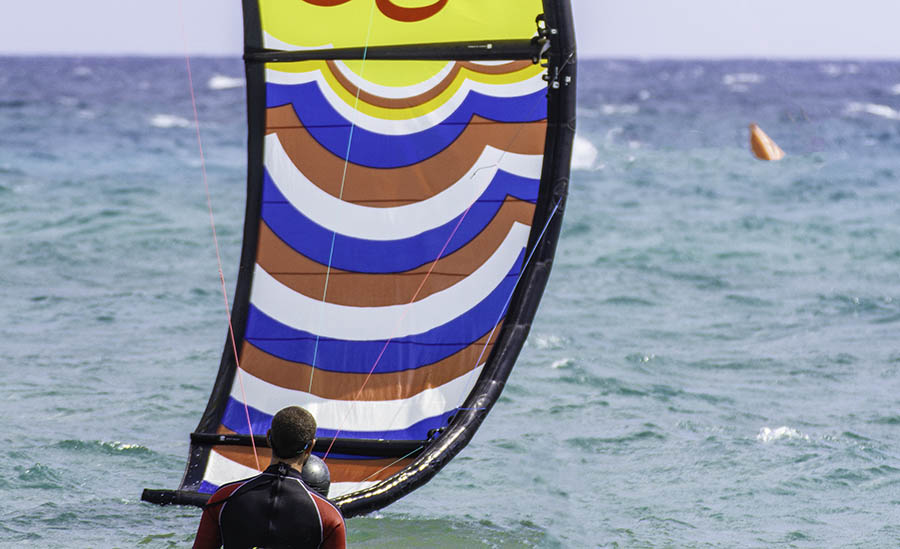
Kite Line Length and Wind Window Size
Alright, so first off, your line length changes the size of the wind window. Basically, the longer the lines, the bigger the space where your kite can fly. This affects two key things:
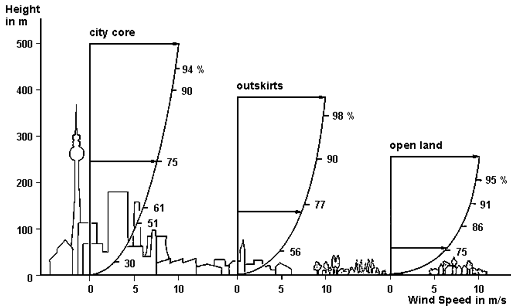
Wind Strength: The higher the kite goes, the stronger the wind it catches. With longer lines, you can ride in lighter winds. On the flip side, shorter lines give you better control in heavy winds.
Kite Speed: The bigger the wind window, the faster your kite can go. It’s like having more runway for takeoff.
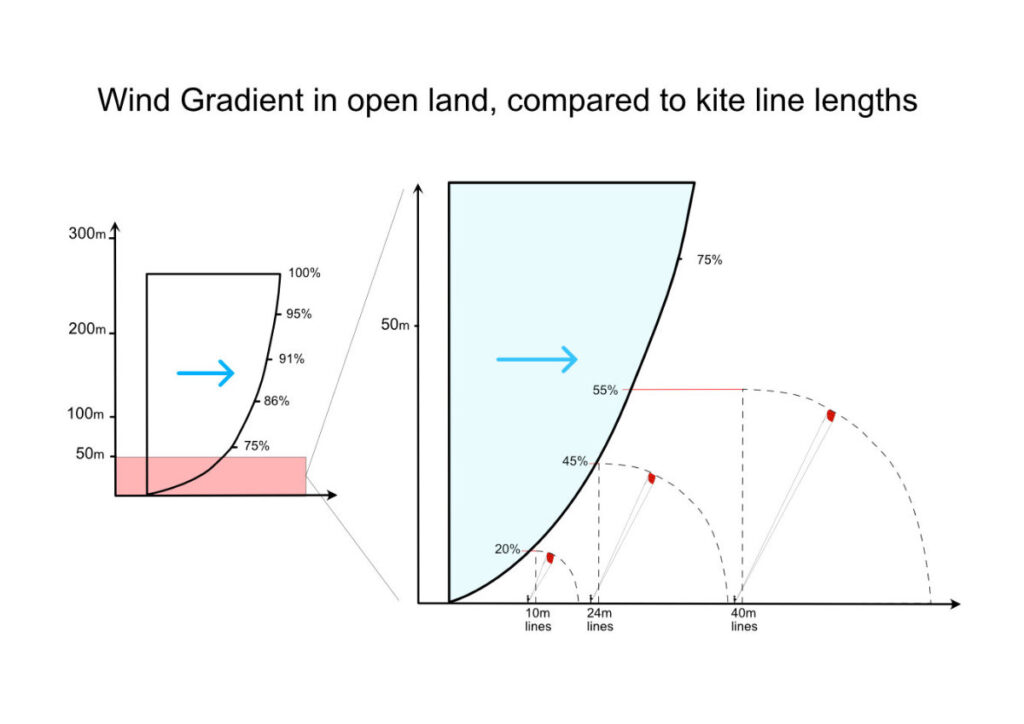
Kite Responsiveness and Line Length
Now, the line length also tweaks how your kite responds to your commands. Longer lines tend to bend more under the wind’s pressure, which makes the kite feel less responsive. If you’ve got short lines, the kite reacts quickly to even the smallest steering move. Longer lines? You gotta be a bit more aggressive with the bar to get the same reaction. Usually during the kite surf lessons in Dubai we tend to use shorter lines in stronger wind conditions as this makes it safer for the students in case of any mistake because the kite does not generate much power in that case.
And here’s a pro tip: the size of your bar should match the line length. Longer lines? You need a wider bar. Shorter lines? Narrower bar. Simple, right?
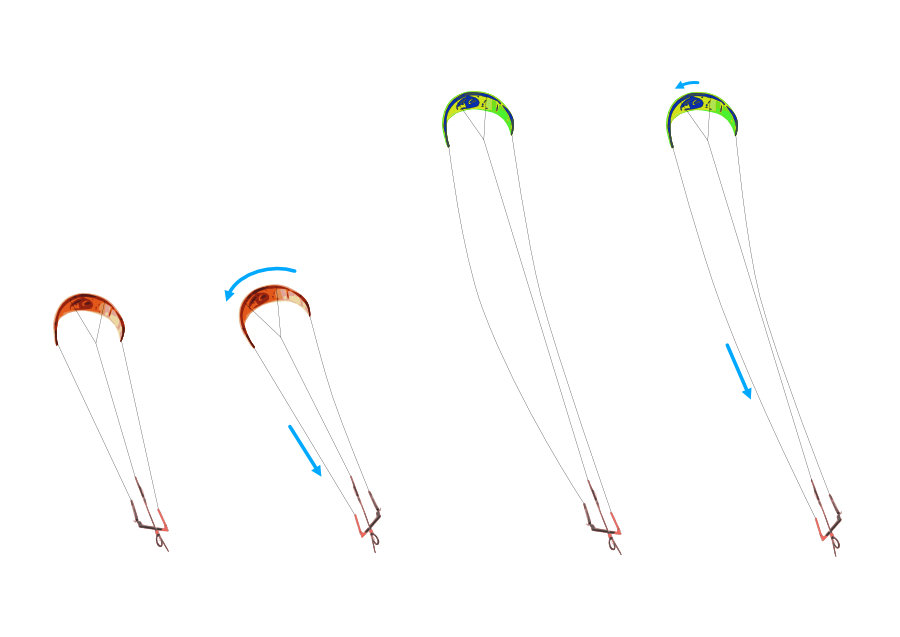
Kite Line Length: What’s Standard?
Back in the early days of kitesurfing in Dubai, most lines were around 30 meters. Why? Well, the kites were shaped like a “C” and didn’t generate much power. Longer lines helped make up for that by expanding the wind window. These days, with more advanced kites, most lines are between 22 and 24 meters.
Aspect Ratio and Line Length
Now, here’s where things get a little technical. The aspect ratio (AR) of your kite, which is basically the kite’s width compared to its length, plays a role in how the kite behaves with different line lengths. High AR kites, which are more aerodynamic, can really take advantage of longer lines because they speed up better. But low AR kites, which are less efficient, don’t benefit as much from longer lines. They reach their speed limit sooner because of the drag caused by their shape.
So, if you’ve got a high AR kite, go ahead and use longer lines. With a low AR kite, the gains are minor.
Line Section and Thickness
The thickness of your kite lines determines their breaking point—the thicker the line, the stronger it is. But thicker lines also create more resistance, which can slow things down. If you’re riding in light winds, go for thinner lines to reduce drag. But if you’re out in strong winds, doing big jumps or kite loops, thicker lines are better.
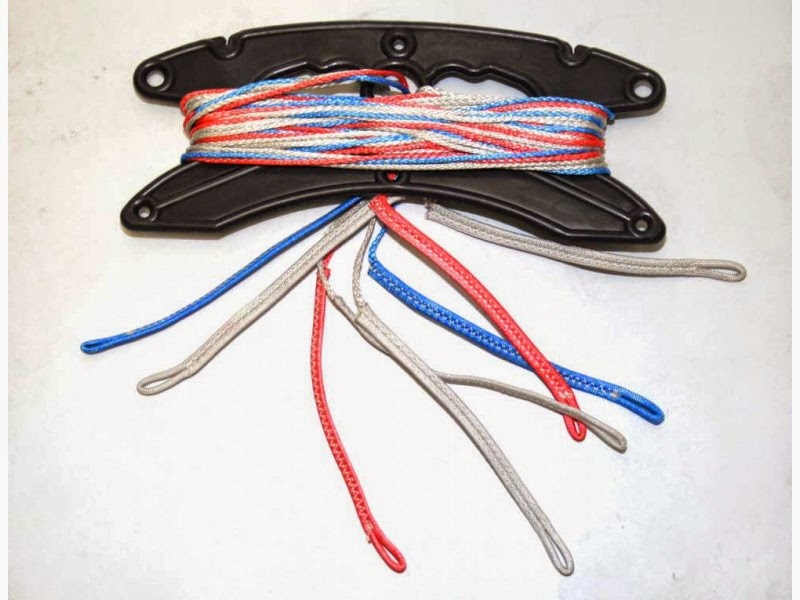
Choosing Line Length for Different Disciplines
Different kitesurfing styles call for different line lengths:
Wave Riding: Some wave riders adjust their lines based on the wave size. Short lines (like 19m) for high winds, and longer lines (22-24m) for lighter winds.
Foil Racing: Racers often use longer, thinner lines for better upwind performance and to prevent the kite from falling out of the sky on downwind runs.
Big Air, Wake Style, and Kite Loops: Stick with strong, standard-length lines (22-24m). You want responsiveness, not extra length.
Hydro Foiling: This is usually done in low winds, so longer and thinner lines work best.
A Note for Beginners
Hey, if you’re just starting out, be careful with long lines—they make the kite less responsive, which can be dangerous. Short lines (5-10 meters) are safer because the kite won’t pick up too much speed or power. That’s why most kite schools in Dubai use short lines for beginners.
Wrapping It Up
Look, if you’re just a casual kiter who likes to mix it up, you don’t need to obsess over line lengths. The standard setup works fine for most conditions. But if you’re into a specific discipline or always ride in the same spot, tweaking your line length can really optimize your performance.
Got thoughts or questions? Drop a comment below, and if you liked this post, share it with your friends. Let’s keep the stoke alive!

